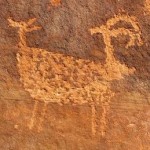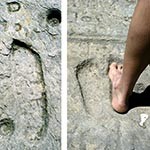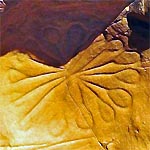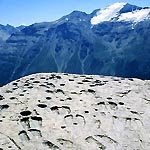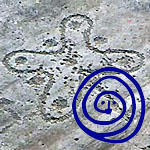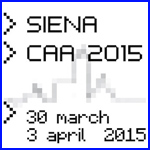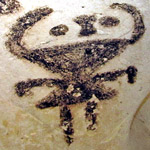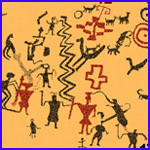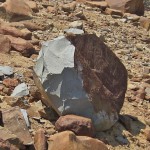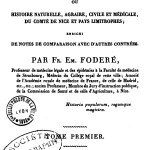The Southwest of North America is known for its rich rock art in which the image of the Bighorn is one of the most important zoomorphic representations. This study investigates the many manifestations of the Bighorn in rock art. The focus is on idiosyncrasies and possible transformations of the image of this impressive animal. It proves that in this respect especially Site 3 on Potash Road near Moab, Utah, offers so many shape-shifted images that we can speak of the Potash Sheep Shifters.
by Maarten van Hoek
